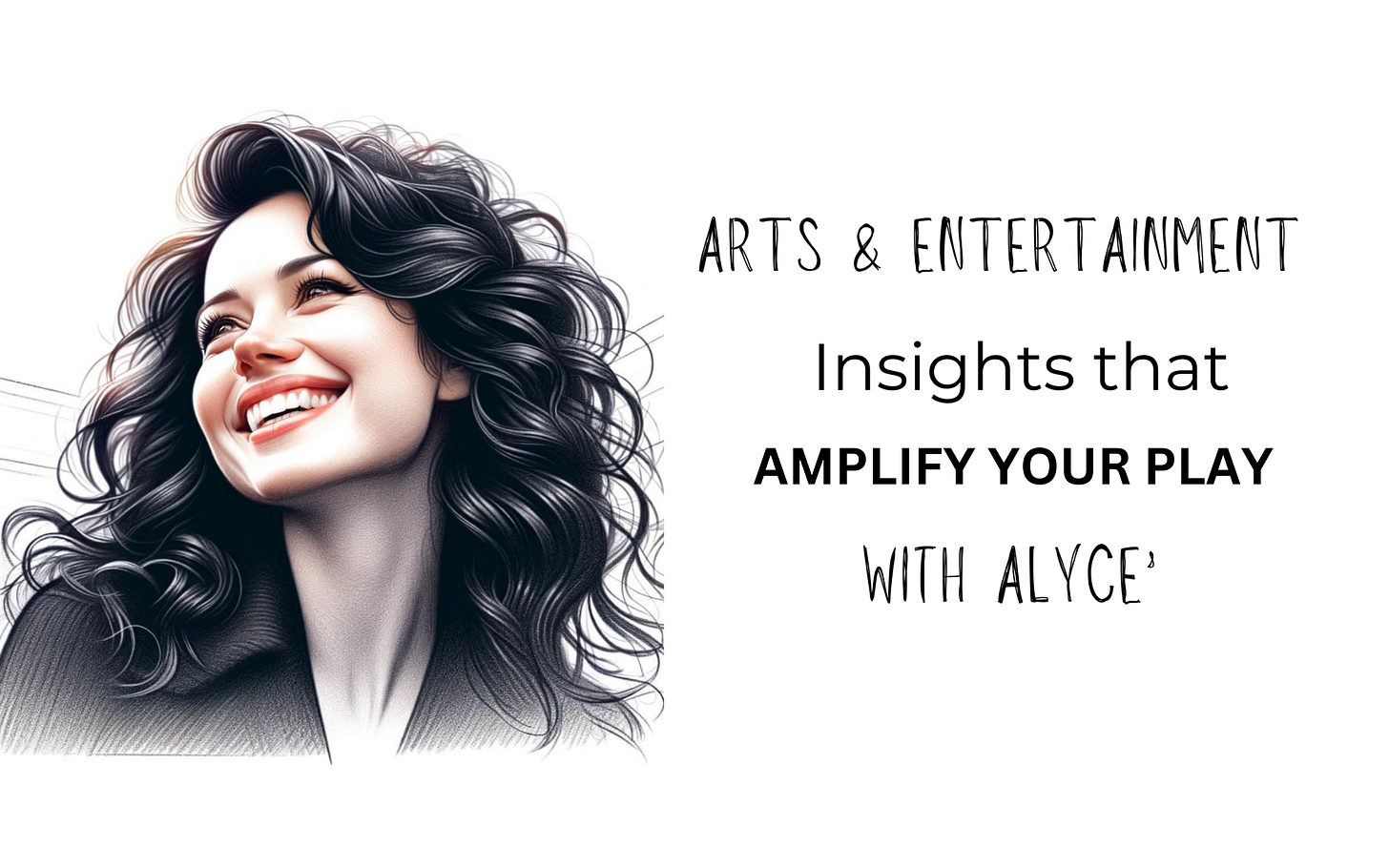The Explosive Popularity of YouTube Covers and Remixes Explained
YouTube has become the ultimate platform for music lovers, allowing people from all walks of life to discover, share, and create music in a way that was never possible before.
Keep reading with a 7-day free trial
Subscribe to Lundeenkey to keep reading this post and get 7 days of free access to the full post archives.

